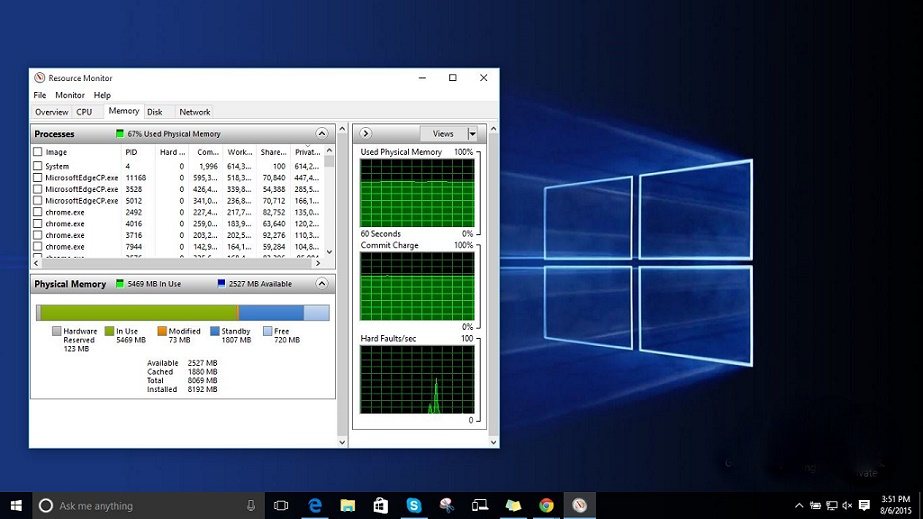- Ldp Exe Microsoft Windows 7 64
- Hud Limited Denial Of Participation Search
- Ldp Exe Microsoft Windows 7 Free
Is there a way to successfully query for a user account object by UID using LDP.exe on a domain controller? I need to be able to run a query using LDP.exe, on a domain controller, and successfully get a return for that object. What do I need to do to be able to use UID instead of CN when typing the DN of the object in the BaseDN field in LDP? Click the Startbutton and type regedit in the Search box. Right-click Regedit.exe in the returned list and click Run as administrator. Browse to the following registry key: HKEYCLASSESROOT.exe. With.exe selected, right-click (Default) and click Modify. Change the Value data: to exefile. Browse to and then click on the following registry key.
Ldp Exe Microsoft Windows 7 64
If you want a graphical tool to find the DN of an Active Directory object then the free Microsoft tool LDP.exe should do the trick. The tool is included with the Windows Server OS and can be accessed from your local computer if you have the Windows Server 2003 Admin Pack or the 2008 RSAT installed.
Note: The steps below are from the 2008 R2 RSAT version of LDP, the process is very similar for the 2003 version however some of the memu names etc at a bit different.
You can do some real damage to your domain using this tool, I recommend that when you bind to the domain you user the credentials of a standard use not an administrator.
1) Open Start => run enter LDP and press OK
Hud Limited Denial Of Participation Search
2) Go to Connection => connect

3) Enter the FQDN of the domain or of a domain controller and press OK
4) Go to connection Bind
5) Either select “Bind as current user” or specify some alternative credentials, then press OK.
I recommend that when you bind to the domain you use the credentials of a standard user not an administrator.
Ldp Exe Microsoft Windows 7 Free
6) go to View => Tree
7) On the Tree View dialog you caa normally just press OK but if you have a large domain you may want to specify the DN of a root to reduce the load on the DC.
8) Browse down the tree on the left (double-click to expand) until you get to the object you want the DN of. Right-click the object and select Copy DN
9) Paste the DN in notepad or wherever.